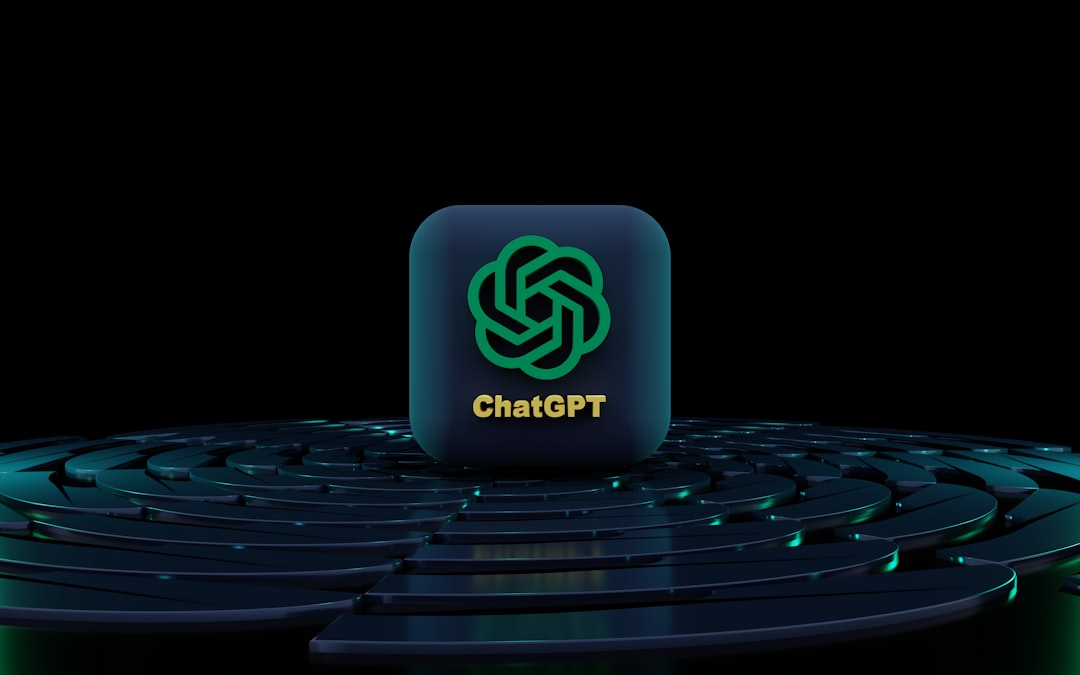In the increasingly competitive landscape of customer experience (CX), businesses are on the lookout for metrics that accurately reflect how well they are serving their customers. With technological advances and changing customer behaviors, 2025 demands a sharper focus on precise, actionable, and real-time feedback. Three popular customer satisfaction metrics often dominate CX discussions: Net Promoter Score (NPS), Customer Satisfaction Score (CSAT), and Customer Effort Score (CES). While each metric offers valuable insights, choosing the right one depends on your business goals, customer journey touchpoints, and what you aim to improve. Let’s dive deep into these metrics and determine which one deserves your focus in 2025.
Understanding the Three Titans of CX Metrics
Before diving into a comparison, it’s important to understand what each metric is and what it measures.
Net Promoter Score (NPS)
The Net Promoter Score gauges customer loyalty. It’s based on a simple question: “How likely are you to recommend our product/service to a friend or colleague?” Responses range from 0 to 10, with scores grouped into three categories:
- Promoters (9–10): Loyal enthusiasts who will keep buying and refer others.
- Passives (7–8): Satisfied but unenthusiastic customers.
- Detractors (0–6): Unhappy customers who can damage your brand through negative word-of-mouth.
NPS is computed by subtracting the percentage of Detractors from the percentage of Promoters. It gives a snapshot of overall brand health and customer loyalty.
Customer Satisfaction Score (CSAT)
CSAT measures short-term customer satisfaction with a specific interaction, product, or service. The question typically asked is: “How satisfied were you with your experience today?” Customers rate on a scale generally from 1 to 5, or 1 to 10. The final score is calculated as a percentage of positive responses (usually 4 and 5 on a 5-point scale).
CSAT is extremely versatile, making it a go-to metric for real-time feedback loops and tactical decision-making.
Customer Effort Score (CES)
CES evaluates how much effort a customer has to exert to get an issue resolved or a task completed. A common CES question is: “How easy was it to deal with our company today?” Ratings are usually on a scale from 1 (very difficult) to 7 (very easy).
This metric is grounded in the idea that minimizing customer effort is a strong predictor of loyalty, sometimes even more than satisfaction itself.

Which Metric Should You Use in 2025?
The digital customer experience in 2025 is shaped by personalization, speed, automation, and omnichannel presence. As companies aim to balance AI-driven automation with human touch, selecting the appropriate metric has strategic implications for success. Here’s how each metric stacks up for the upcoming year:
When to Choose NPS
NPS is best for measuring long-term customer loyalty and brand advocacy. It is ideal for organizations that:
- Want to assess how well their brand is resonating with customers.
- Are planning long-term strategies like customer retention programs or referral incentives.
- Need a high-level metric for executive-level reporting.
However, NPS lacks specificity. It won’t tell you what went wrong or what needs improvement right after an interaction.
When to Choose CSAT
CSAT excels at measuring satisfaction at specific touchpoints in the customer journey. It suits organizations that:
- Want to gather real-time feedback after customer service interactions, purchases, or support resolutions.
- Need immediate insights into what’s working and what’s not.
- Operate in a service-heavy environment like SaaS, retail, or hospitality.
Its granularity and adaptability make CSAT one of the most widely used CX metrics. Still, it primarily measures momentary experience—not loyalty.
When to Choose CES
CES is especially effective for understanding the functionality and efficiency of your channels. It is ideal when:
- You want to reduce friction in customer service.
- Your business focuses on improving self-service tools or automated interactions.
- You aim to boost loyalty by minimizing hassle and effort.
CES is directly linked with reduced churn rates and is becoming increasingly relevant in AI and chatbot-augmented environments where effortless service is expected.

CSAT, NPS, or CES: Why Not All Three?
In isolation, each metric tells part of the story. Used together, they offer a comprehensive view of the customer experience. For instance:
- Use CSAT to get rapid feedback right after customer interactions.
- Track CES to reduce effort and streamline digital tools.
- Lean on NPS to monitor overall brand loyalty over time.
Integrated CX platforms in 2025 allow companies to gather and analyze these metrics simultaneously. AI-powered analytics can correlate customer effort with long-term loyalty, revealing hidden patterns that were previously missed. Therefore, choosing one doesn’t exclude the value of the others—it’s about using them strategically.
Key Takeaways for 2025
As we navigate the digital evolution in customer experience, here are the essential takeaways for selecting the right CX metric in 2025:
- If your goal is loyalty: Use NPS. It’s the most reliable long-term brand health indicator.
- If your goal is instant experience feedback: Use CSAT. It captures satisfaction right at the point of interaction.
- If your goal is improving system efficiency: Use CES. It highlights where your processes may be causing friction.
- For comprehensive insights: Combine all three metrics with modern CX tools and dashboards.
Conclusion
No single metric perfectly captures all facets of customer experience, especially in today’s AI-driven, omnichannel environment. Choosing between NPS, CSAT, and CES depends on your strategic objectives, customer journey complexities, and the level of insight you require. In 2025, businesses are better equipped than ever to integrate these tools efficiently, turning raw feedback into exceptional experiences that foster both immediate satisfaction and long-term loyalty.
Frequently Asked Questions (FAQ)
- Q: Can I use NPS, CSAT, and CES together?
A: Yes! In fact, using them together can provide a more complete picture of your customer experience, from satisfaction to loyalty and effort. - Q: Which metric is best for post-purchase feedback?
A: CSAT is the most effective for gauging immediate customer satisfaction after a purchase or interaction. - Q: Is CES more relevant for digital or self-service platforms?
A: Absolutely. CES excels in contexts where reducing effort in digital interactions is key—such as chatbots, mobile apps, or portals. - Q: Does a high NPS mean we don’t need to look at other metrics?
A: Not necessarily. A high NPS is great, but without monitoring CSAT and CES, you might miss localized pain points or inefficiencies. - Q: How often should we measure these metrics?
A: CSAT and CES should be measured continuously or after key interactions. NPS can be measured quarterly or biannually for trend analysis.



